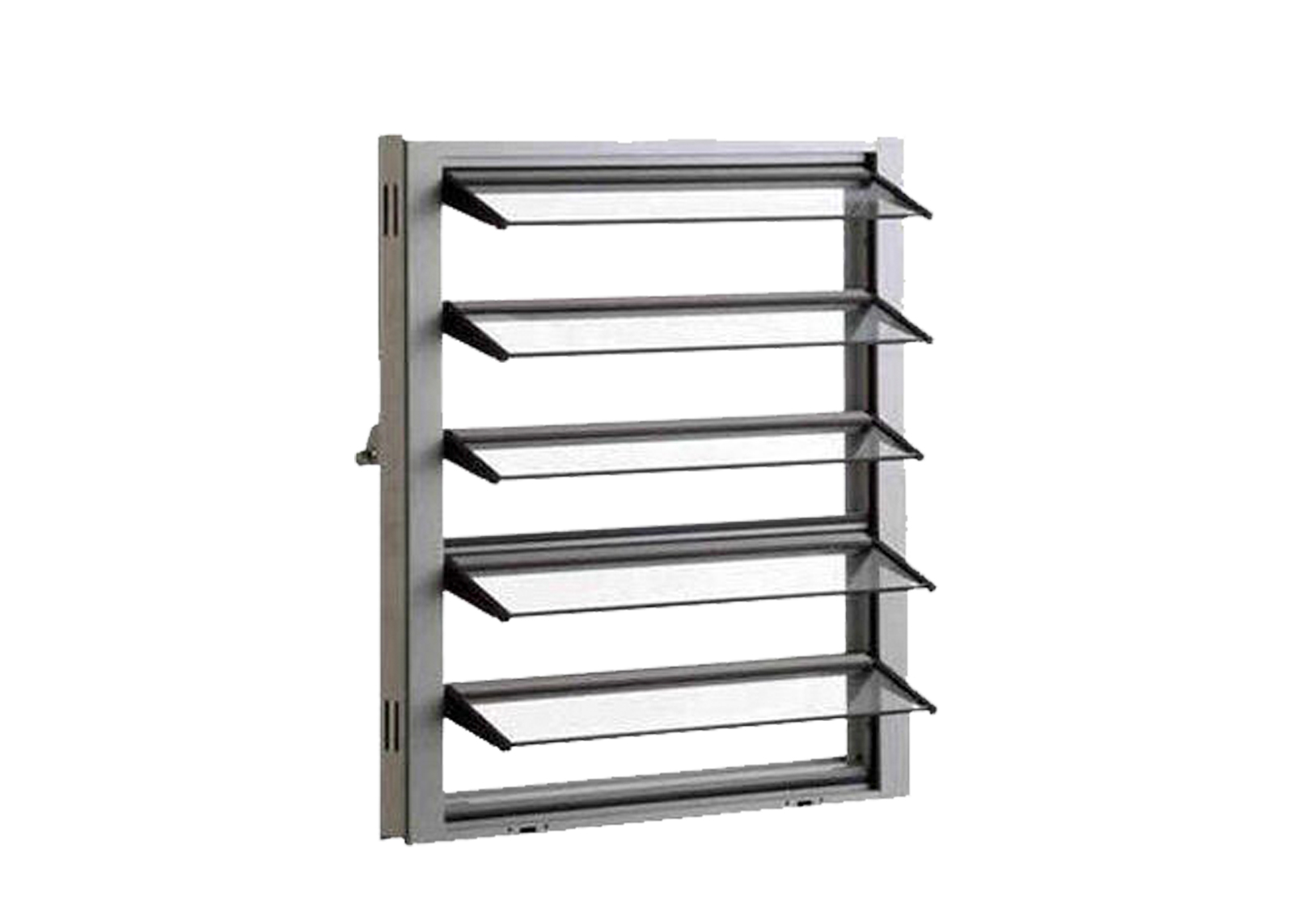What is U Value
What is U Value
The U-value, also known as the thermal transmittance, is a measure of how effective a building material (such as windows, doors, or walls) is as an insulator. It indicates the rate at which heat is transferred through a material. The lower the U-value, the better the material is at insulating, meaning it is more effective at preventing heat from passing through.
Understanding U-Value
1. Definition
U-Value: It measures the rate of heat transfer (thermal transmittance) through a building component over a given area, under standard conditions, per degree of temperature difference between the inside and outside. It is typically measured in watts per square meter per degree Kelvin (W/m²K).
2. Importance
Energy Efficiency: Lower U-values mean better insulation, leading to reduced heating and cooling costs and improved energy efficiency of buildings.
Comfort: Properly insulated buildings maintain a more consistent indoor temperature, contributing to occupant comfort.
Regulations: Many building codes and standards specify maximum allowable U-values to ensure energy efficiency and environmental sustainability.
Understanding U-Value
1. Calculating U-Value
The U-value is calculated based on the materials' thermal conductivities, thicknesses, and the arrangement of layers in the building component. Here's a simplified way to understand it:
Identify the Materials: List all the materials that make up the building component (e.g., glass, air gaps, frames).
2.Thermal Conductivity:
Obtain the thermal conductivity (k-value) of each material, which indicates how easily heat passes through the material.
Thickness: Measure the thickness (d) of each material layer.
Thermal Resistance (R-value): Calculate the thermal resistance for each layer using the formula
3.Sum of R-values:
Add up the thermal resistances of all layers.
Calculate U-Value: The U-value is the inverse of the total thermal resistance
U-Value in Windows and Doors
1. Factors Affecting U-Value
Glazing: Double or triple glazing with air or gas-filled spaces between panes significantly reduces U-values.
Frame Material: Materials like uPVC and thermally broken aluminum have lower U-values compared to standard aluminum frames.
Coatings: Low-emissivity (Low-E) coatings on glass surfaces reflect infrared energy and further reduce heat transfer.
2. Typical U-Values
Single Glazing: Typically has a higher U-value (~5.0 W/m²K), indicating poor insulation.
Double Glazing: Lower U-values (around 1.2-3.0 W/m²K), offering better insulation.
Triple Glazing: Even lower U-values (as low as 0.8 W/m²K), providing excellent insulation.
Improving U-Value
1. To improve the U-value of windows and doors:
Upgrade to Double or Triple Glazing: More layers of glass with insulating gaps can significantly reduce U-values.
2. Use Low-E Coatings:
These coatings on the glass surface reduce heat transfer.
3. Select Better Frame Materials:
Frames with thermal breaks and lower conductivity materials like uPVC or thermally improved aluminum.
4. Consider Gas Fills:
Filling the gaps between glass panes with inert gases (e.g., argon, krypton) improves insulation.



























